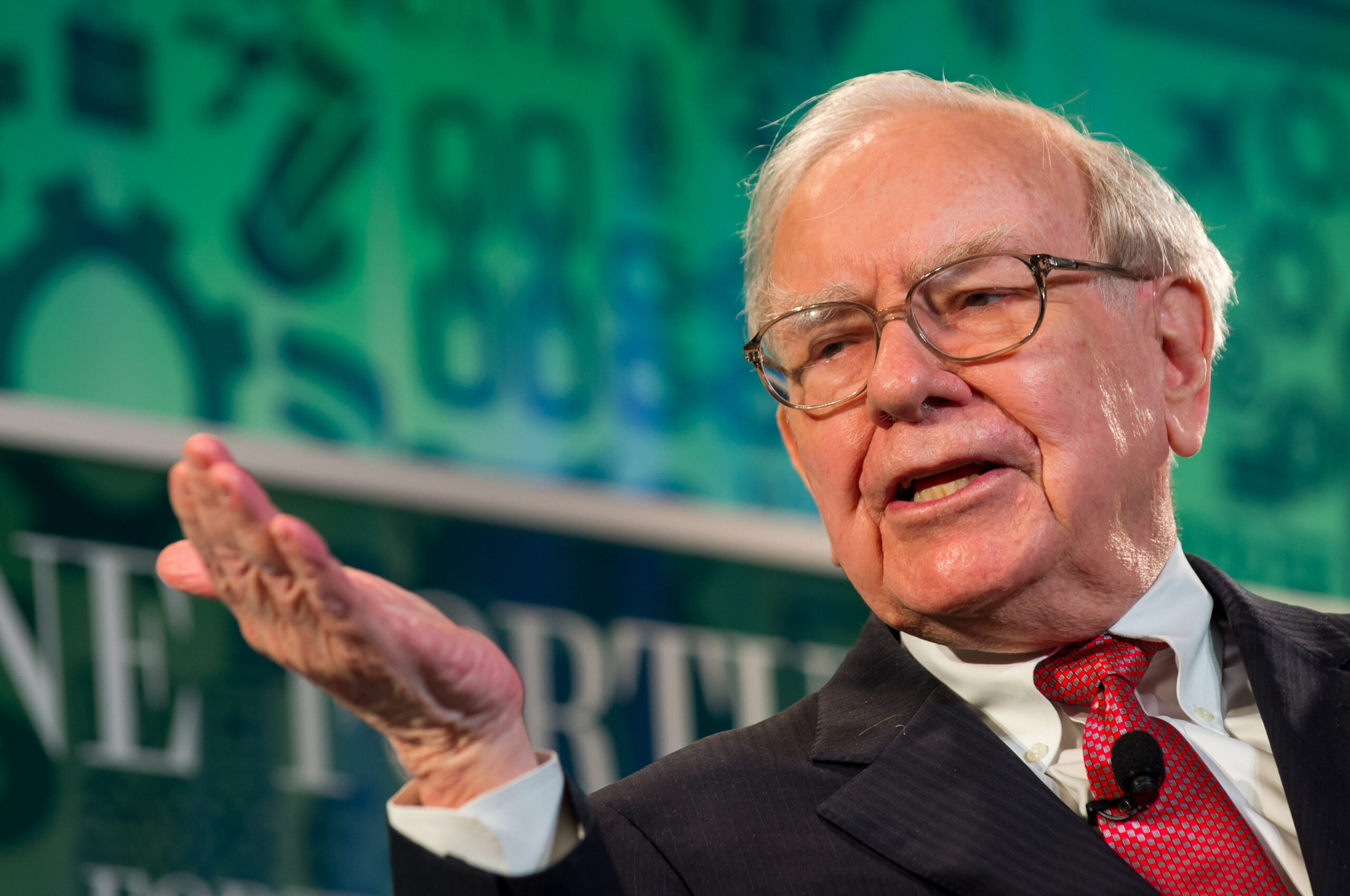With a net worth of over $100 billion, Warren Buffett has some opinions.
In his 2022 letter to investors, the Berkshire Hathaway CEO and the world’s fifth richest person decided to throw his energy behind stock buybacks. “When you are told that all repurchases are harmful to shareholders or to the country, or particularly beneficial to CEOs,” Buffett concluded, “you are listening to either an economic illiterate or a silver-tongued demagogue (characters that are not mutually exclusive).”
Buffett doesn’t explicitly say it, but he’s taking aim at a growing chorus of politicians, academics, and business writers who are growing skeptical of the practice. Stock buybacks, the practice of a company repurchasing its stock on the open market, have become a very popular and easy way for corporate managers to transfer trillions of dollars to shareholders instead of investing in their businesses and workers.
In 1994, the companies in the S&P Composite 1500 spent $56 billion on repurchasing their shares. In 2018, that number skyrocketed to $875 billion, an increase of 1463%. Last year, one analysis found that U.S. companies spent over $1 trillion dollars buying back their stock. Congress recently added a 1% tax to try and curb the practice, but it hasn’t changed behavior meaningfully. This year, U.S. companies are expected to spend even more.

All of this is fairly new. Prior to 1984, the only way for management to send excess cash to investors was through a dividend – regularly scheduled payments to shareholders that done responsibly encourage long-term investing. Stock buybacks were considered market manipulation and effectively illegal. Then the Reagan administration decided that stock buybacks were good, actually. Now they’re the preferred method for corporate America.
Stock buybacks work like this. When a company has excess cash, it doesn’t use it to reinvest in the company through higher wages or new equipment. Rather, management purchases its own shares from the stock market and retires them. When it does this, the number of shares on the market is reduced, which boosts a number of different investment metrics – including earnings per share.
Imagine a company that plans to earn $500 in profit next year. Let’s say it’s owned by 100 shareholders, who each have one share of stock. Right now, that $500 in profit is spread across 100 shares and generates an earnings per share of $5. If management repurchases 20 of those shares, the $500 is now split across 80 shares — increasing the earnings per share to $6.25.
Typically, when metrics like earnings per share increase, investors decide that the stock is now worth more and the stock price rises.
Think of it as a big pot of soup. The fewer people that can eat out of it, the bigger the servings will be. With bigger servings, the metrics that value a pot of soup show it’s now more valuable, even though the amount of soup in the pot is exactly the same. It’s financial engineering. The soup doesn’t taste better, and there’s not more of it. All of the perceived value increase is on paper.
Stock buybacks also have a dual benefit for existing investors. When executed, they increase existing shareholders’ ownership of the company.
Buffett has personally made tens of millions of dollars this way. In 2018, his company, Berkshire Hathaway, owned 5.2% of Apple. Over the next two years, Berkshire management sold $11 billion worth of Apple stock. But by 2020, Berkshire Hathaway had increased its ownership share of the iPhone maker to 5.4% despite selling billions worth of shares.
How?
During that time, Apple management repurchased nearly $200 billion of stock–meaning all existing stock owners saw their share of the company increase. With Apple’s astronomical value, the .2% amounts to over $10 billion dollars–for doing nothing. “That increase was costless to us,” Buffett wrote at the time. “Coming about because Apple has continuously repurchased its shares, thereby substantially shrinking the number it now has outstanding.”
Just because it was costless to Warren Buffett doesn’t mean it didn’t come at a price.
Executives are paying for share repurchases by paring back investments in both physical and human infrastructure. At the start of the S&P study in 1994, companies invested over $6 for every $1 the companies spent on repurchases. Today, those companies spend more buying back their own stock than they do on investing in their human and physical resources. The home improvement retailer Lowe’s is one of the more egregious examples. In the last five years, management has spent over $28 billion buying its own stock while reinvesting just $8.6 billion in the company.
There are some scenarios where stock buybacks may be acceptable. Namely, when a company’s stock is actually undervalued, the other is when executives have made the needed investments in both human and physical capital but still have excess cash. It’s reasonable to want to return a portion of that money to investors.
During the last fiscal year, the retailers Costco and Lowe’s spent a similar amount on investor dividends. That’s about where the similarities end. Costco spent $3.8 billion on physical improvements, invested in employees through a median salary of $58,000 a year, and spent around $500 million on stock buybacks. Contrast this with Lowe’s. It has nearly three times as many locations as Costco but spent $2 billion less updating stores and technology. Lowe’s management invested just $23,000 a year per employee. Opting to use that money showering investors with $13 billion in stock buybacks–three times more than Costco.
In the last three years, the board (and shareholders) rewarded Lowe’s CEO Marvin Ellison with $52 million in compensation. Meanwhile, the median Lowe’s employee actually earns less than they did three years ago.
Unfortunately, the Lowe’s example is increasingly reflective of the American economy. That’s good news for investors like Warren Buffett but bad news for workers.
Three quarters of people who earn less than $40,000 own no stock–meaning they receive zero benefit from the stock buybacks. Currently, the top .1% of Americans own four times as much wealth as the bottom 50%. Nearly two-thirds of Americans live paycheck-to-paycheck, and 40% of people are unable to cover a $400 emergency expense.
You don’t need to be a silver-tongued demagogue to be concerned about the world they helped create.



